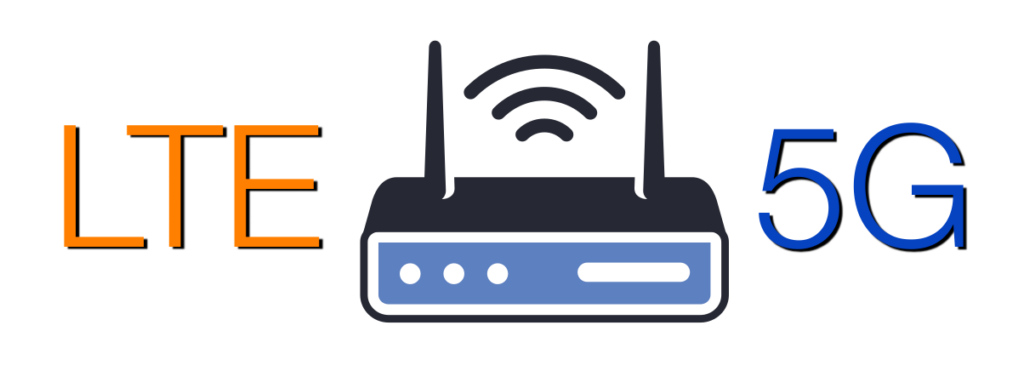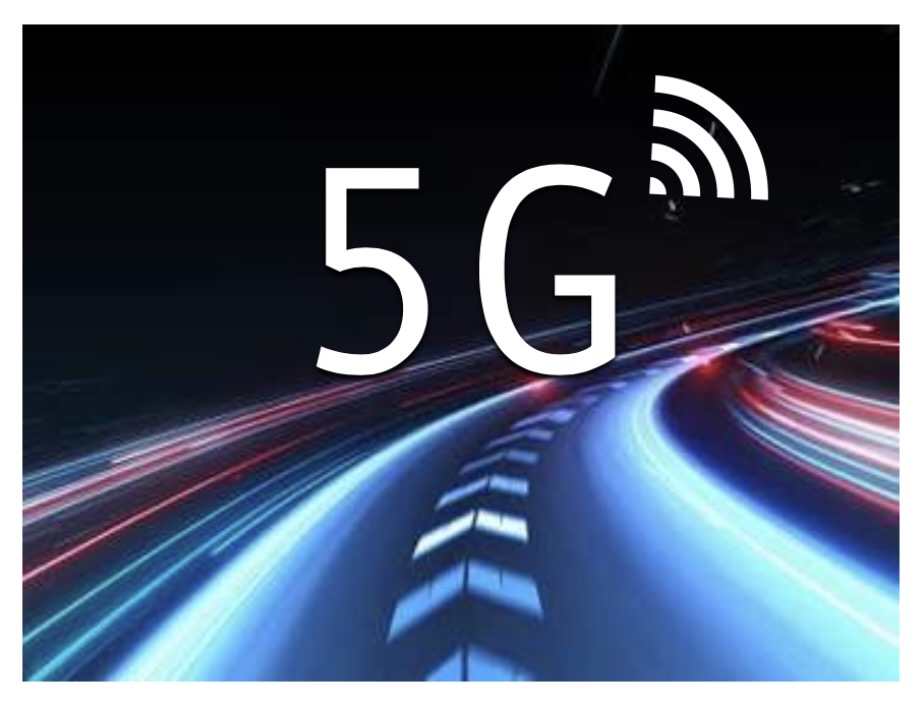Today, the need for continuous, reliable, and secure connections is greater than ever. With advancements in technology, we now have options like WiFi and cellular signals to meet these demands. WiFi has evolved from WiFi 5 to WiFi 6, 6E, and the emerging WiFi 7. On the cellular side, we’ve seen the progression from 4G […]
Tag: speeds
Comparing LTE Routers with 5G Routers
UPDATE – 11/4/2024 – To help make your decision between LTE and 5G routers easier, 5Gstore recently launched a powerful new tool—the 4G/5G Router Comparison Tool. This tool is designed to simplify your search for the perfect router by allowing you to compare up to four devices side-by-side. With detailed insights into specifications like LTE/5G […]
The Factors Impacting Your 5G Bandwidth Speeds
The dawn of 5G promised lightning-fast internet speeds, heralding a new era of connectivity. However, the reality often falls short of these lofty expectations, leaving many users frustrated and wondering why their 5G speeds are not as blazing fast as advertised. Several factors can affect your 5G bandwidth speeds, ranging from technical limitations to network […]
How T-Mobile is “Boosting” 5G Mid-Band Speeds
T-Mobile announced another 5G milestone on Tuesday. They are now combining three channels of mid-band spectrum on their 5G network. In tests the company achieved network speeds of 3Gbps. While they weren’t specific, T-Mobile said this technology will become available to customers “later this year.” When we look at what’s possible with 3Gbps (or 3,000Mbps), […]
Verizon 5G Map with Ultra Wide
Verizon recently updated its Verizon 5G nationwide coverage map with its new “Ultra Wideband” C-Band coverage. We now know exactly where Verizon says more than 90 million Americans will be able to get this new C-Band service. According to Verizon Wireless, it offers two types of 5G service: “5G Ultra Wideband and 5G Nationwide. Only […]



